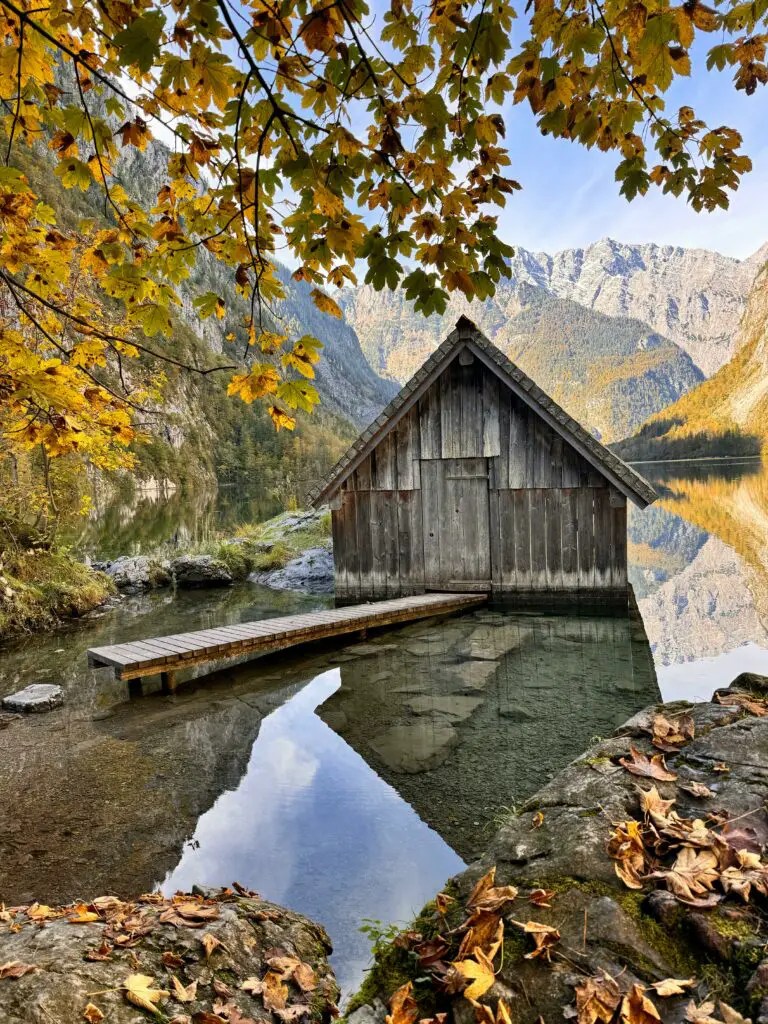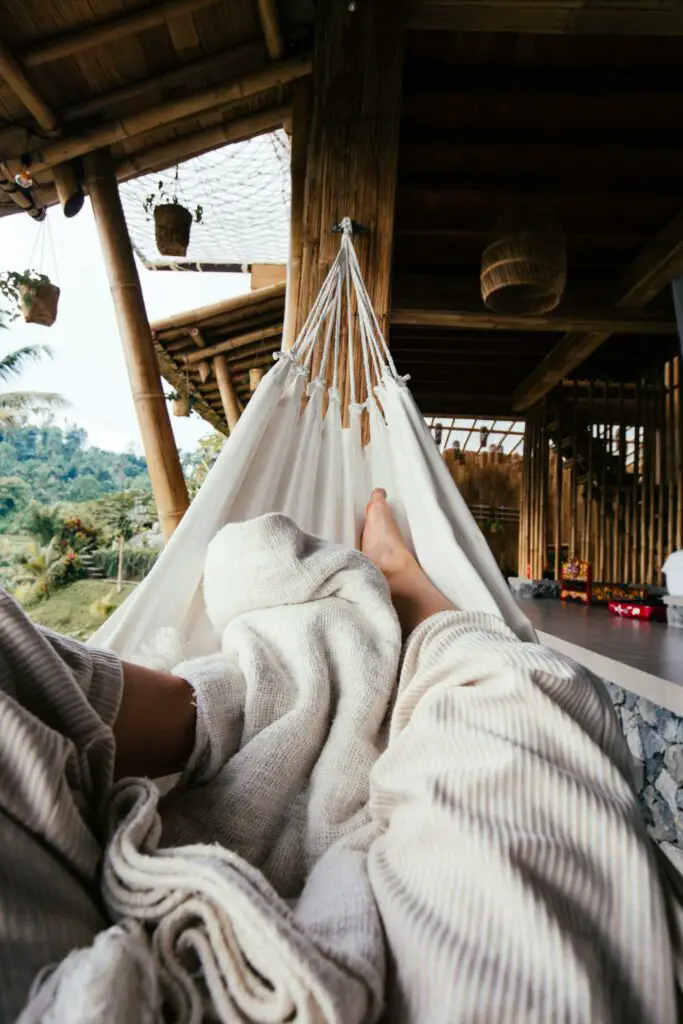Have you ever dreamed of having your own little getaway far from noisy streets and constant notifications? For many, that dream involves buying raw land, building a cozy retreat, and escaping the day-to-day grind on weekends. It may sound ambitious, but the process doesn’t have to be complicated—or outrageously expensive. With a bit of research and a dash of creativity, you can turn an untouched piece of property into a warm and welcoming haven. This guide will walk you through the steps.
Why Consider Raw Land in the First Place?
Plenty of people look at cheap houses America has to offer, hoping to find budget-friendly living arrangements or investment opportunities. But sometimes, an open plot of land can offer even greater flexibility. You decide what gets built, where it goes, and how it all fits your personal style. It’s a chance to start with a blank canvas.
Benefits of Buying Raw Land
- Complete Customization: You’re not dealing with existing walls, foundations, or outdated layouts. You can map out your vision exactly as you see fit.
- Potentially Lower Initial Costs: In certain areas, raw land might be priced more affordably than existing homes.
- Long-Term Investment: As nearby areas develop, your land could grow in value, especially if you choose a strategic location.
Sure, raw land often requires more planning and effort. You’ll need to handle utility hookups, permits, and everything else from scratch. But the sense of accomplishment you’ll feel when you’ve built your weekend escape is priceless.

Step 1: Assess the Land
Research Zoning and Restrictions
The first step is to understand what you can legally do with your land. Check local zoning laws, building regulations, and any homeowners’ association rules if the property lies within a specific community. Some raw land might be designated for agricultural use, while other plots allow residential construction.
- Permits and Approvals: Ask about the permit process early. Delays can push your project timeline back by weeks or even months.
- Environmental Considerations: Certain lands may come with environmental restrictions to protect wildlife or water sources.
Accessibility
Your future weekend retreat might be tucked away, but it still needs to be somewhat accessible. If the property sits at the end of a winding dirt road, think about how you’ll navigate in bad weather. Check the condition of roads, any easements, and whether you might have to create a new access route.
Utilities
- Water: Does the land have a well or access to a community water system? If not, you might need to install a well or explore rainwater collection.
- Power: Sometimes, hooking up to the grid isn’t practical for remote parcels. Investigate off-grid solutions like solar panels or generators.
- Sewer/Septic: If there’s no city sewer connection, a septic system is essential. Make sure the land passes a perk test before you invest in a system.
Spending time on due diligence helps you avoid surprises. A plot that looks perfect at first glance might come with hidden issues, so dig deep into local records and consult the right experts.
Step 2: Design Your Ideal Weekend Escape
Match the Property’s Natural Features
Think about the existing landscape. Where does the sun rise and set? Is there a natural slope that could be ideal for a walkout basement or scenic deck? Orienting your building to take advantage of views or natural light can make your retreat more enjoyable.
Start with Basic Sketches
You don’t need professional drafting software right away. Grab a notebook and map out the layout in simple terms.
- Placement of the Structure: Decide where the main cabin or weekend house will sit.
- Outdoor Spaces: Mark areas for fire pits, gardens, or a gazebo.
- Paths and Trails: If you have a larger plot, you might want to include walking trails or a driveway layout.
Size and Functionality of Your Weekend Escape
Ask yourself how you plan to use the space. Will you host friends or family often? Do you need room for an RV? Answering these questions will guide the size of your building and how you arrange each room.

Step 3: Building or Placing Your Structure
When people see cheap houses America is known for—especially in rural areas—they might choose to renovate an existing home. But with raw land, you have two main options: build from scratch or place a prefabricated structure on-site.
Building from the Ground Up
- Materials: Popular choices include timber, steel, or even alternative materials like rammed earth. Your budget and personal taste play a big role here.
- Timeline: New construction takes time, especially if you’re doing it part-time. Factor weather and contractor availability are included in your schedule.
Prefabricated Cabins or Tiny Homes
- Speedy Setup: Prefabs can arrive partially assembled, meaning you’ll have a roof over your head quickly.
- Cost-Effective: Bulk manufacturing often lowers costs. Some tiny homes are priced comparably to used RVs.
- Customization Limits: Prefabs offer options, but not the total freedom you get with a custom build.
Regardless of which route you choose, ensure the final build meets local codes. That way, you avoid fines or the headache of tearing down anything that violates regulations.
Step 4: Infrastructure Essentials
Off-Grid Power Solutions
If hooking into a power line is too pricey or impossible, off-grid systems come in handy. Solar panels are popular, but wind turbines or micro-hydro setups could also work, depending on your property’s features. Battery storage is crucial to keep lights on and appliances running when nature’s not cooperating.
Water and Sanitation in Your Weekend Escape
- Wells and Filters: If you decide to install a well, get it tested to ensure the water is safe. You might need a filtration system to handle minerals or contaminants.
- Rainwater Harvesting: Catching rainwater with barrels or cisterns provides an extra water source. Check local regulations, as some places limit rainwater collection.
- Septic Systems or Composting Toilets: A septic system handles wastewater, but composting toilets are an eco-friendly alternative if you’re aiming to reduce impact.
Heating and Cooling
Wood stoves are classic for rural cabins. They offer warmth and ambiance during chilly months. For summer, consider a well-insulated design that keeps cool air inside. If the heat gets intense, a mini-split air conditioner can be efficient and easy to install, especially if you have a stable power source.

Step 5: Budget Considerations
Raw land development costs can vary widely. It’s similar to browsing cheap houses America has for sale—prices aren’t uniform across the country. Creating a budget helps you stay focused.
Upfront Costs
- Land Purchase: The parcel itself, including any closing costs or land surveys.
- Permits: Costs for building permits, environmental assessments, or zoning changes.
- Site Prep: Clearing trees, grading land, or adding a driveway.
Construction and Setup
- Foundation: Even if you’re building a small cabin, a solid foundation is essential.
- Materials and Labor: Keep track of fluctuating lumber or steel prices.
- Utilities: Installation of a well, septic system, solar array, or electric hook-ups can add up quickly.
Ongoing Expenses of Your Weekend Escape
- Property Taxes: Rates vary by state and county. Some areas keep taxes low to attract new residents.
- Insurance: Rural properties might need special coverage for weather-related risks or off-grid systems.
- Maintenance: A remote getaway still needs regular upkeep—like cleaning gutters, preserving wood surfaces, or maintaining a septic system.
Sticking to a clear budget and planning for unexpected costs will keep stress levels down. Take a conservative approach: set aside a contingency fund for anything that pops up out of the blue.
Step 6: Potential Return on Investment
A weekend retreat can serve more than just personal relaxation. It may also double as an income source. Vacation rentals remain popular, especially if your property sits near a lake, national park, or other attraction. Listing your cabin on vacation rental platforms could offset upkeep costs.
Your property’s value could also rise over time, particularly if the surrounding area develops. A new highway, improved internet infrastructure, or local tourism boom can suddenly make your once-quiet land a prime spot for buyers. If that happens, you’ll be glad you invested when prices were still manageable.
Step 7: Action Steps for an Easier Build
Here’s a condensed checklist to keep you on track:
- Research Local Regulations: Zoning, permits, and environmental rules.
- Evaluate Utilities: Decide if you’ll go off-grid or connect to local systems.
- Create a Master Plan: Sketch building placement, access roads, and outdoor features.
- Set a Realistic Budget: Include a contingency fund for surprises.
- Obtain Permits: Start early to avoid delays.
- Break Ground: Clear the land, lay a foundation, and proceed with construction.
- Install Infrastructure: Water, septic, and power solutions.
- Furnish and Decorate: Make the space cozy and functional.
- Enjoy (or Rent Out) Your Retreat: Kick back on weekends or list the property for short-term rentals.
Linking to More Inspiration
If you’re curious about additional ways land ownership can pay off, check out our post, From Fields to Getaways: Unique Ways to Make Your Land Investment Work for You. It explores various ways people have turned land into profitable ventures or personal sanctuaries.
Comparing Raw Land to “Cheap Houses America” Finds
Why not just buy an existing home, especially when browsing cheap houses America has on the market that might look simpler? Both paths have their merits:
- Existing Homes: You can move in faster. Renovations might be simpler than building from scratch. However, you may inherit old wiring, outdated insulation, or hidden structural issues.
- Raw Land: Customizable from the ground up. Potentially lower competition among buyers. Yet the process requires more legwork and can take longer before you have a live-in-ready space.
Ultimately, it’s about your goals and how much control you want over the final layout. If you love the idea of designing everything, raw land is a dream. If speed and convenience matter most, a budget-friendly home on the market could be the better option.
Final Thoughts on Your Weekend Escape
Transforming raw land into a weekend escape offers a unique sense of accomplishment. You start with nothing but natural beauty and end up with a personalized haven. It won’t always be smooth sailing. You’ll likely face unexpected twists—maybe the soil needs extra prep, or your ideal building materials are back-ordered. But patience and careful planning usually pay off in the end.
As you plan your own retreat, remember that each property has its own quirks. Factor in local climates, terrain, and building codes. Don’t hesitate to reach out to professionals for advice, whether that’s a contractor, surveyor, or someone with experience living off-grid. A bit of foresight can save you time, money, and frustration.
If you’re weighing your options between developing raw land or exploring cheap houses America offers in lesser-known regions, consider your timeline and resources. Building from the ground up takes commitment, but it also provides unparalleled freedom. Whichever route you choose, the ultimate goal is the same: crafting a place to recharge, unwind, and enjoy the simpler things in life.
So grab a notebook, brainstorm your cabin layout, and start researching local zoning rules. Your dream hideaway might be just around the corner, waiting for you to bring it to life. Happy building!
